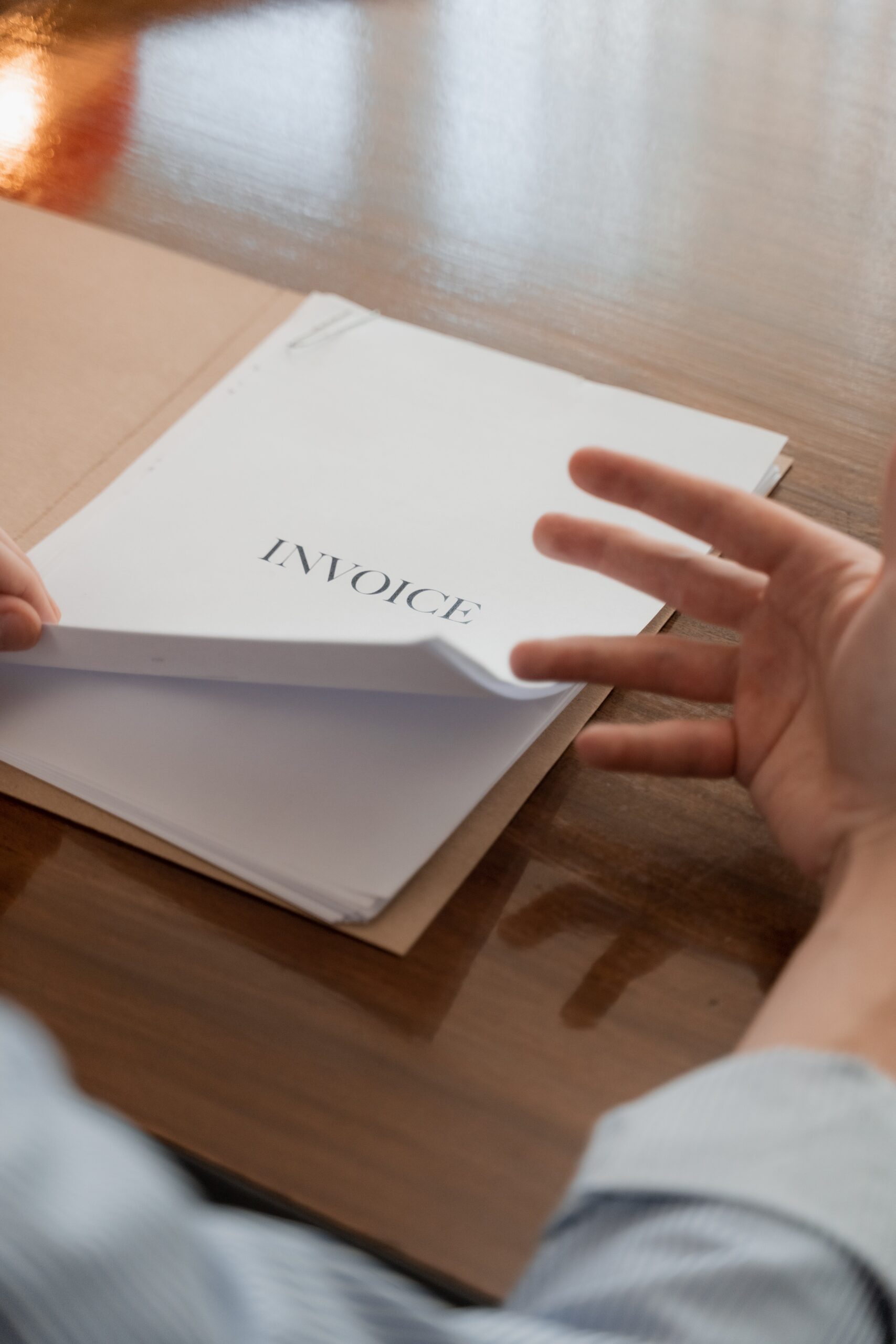As a business owner or freelancer, creating invoices plays a crucial role in your operations. To ensure timely payments from your clients, it’s essential to create invoices. In this article, we’ll discuss some best practices for creating invoices.
To start, using a professional invoice template is a crucial step in creating professional and efficient invoices. Online, you can find many free invoice templates that you can customize to fit your brand and business. This saves you time by not having to create a new invoice every time.
It’s essential to include all the necessary information on your invoice. This information includes your business name and contact information, the client’s name and contact information, a description of the services or products provided, the quantity, the price, and the total amount due. Additionally, it’s important to include the invoice number, date, and payment due date.
Be clear about payment every time. Payment terms should include the payment due date, payment methods accepted, and any late payment fees or interest charges. It’s also essential to include a note about what will happen if payment is not received by the due date, such as a suspension of services etc.
Using concise and easy-to-understand language is important when creating your invoice. Avoid using technical jargon or confusing terminology that your client may not be familiar with. Be to the point and use simple language to clearly describe the services or products provided.
Including a breakdown of charges can help your client understand what they’re paying for and prevent any confusion. For instance, if you’re charging for hourly services, include the number of hours worked and the hourly rate. If you’re charging for products, include the quantity and the price per unit.
You must have to send invoices on time. Send your invoices as soon as possible after completing the work or delivering the product. This helps your client remember what they’re paying for and ensures they have enough time to pay.
If a client hasn’t paid your invoice by the due date, it’s crucial to follow up promptly. Send a friendly reminder email or give them a call to inquire about the status of the payment.
Provide clear and detailed descriptions: It’s important to include a clear and detailed description of the services or products provided on the invoice. This will help your client understand exactly what they are being charged for and can also help prevent disputes or misunderstandings.
Set payment expectations upfront: Before starting work or providing services, it’s a good idea to set payment expectations upfront with your client. This includes discussing payment terms, payment methods, and any other relevant details. This can help avoid confusion or misunderstandings later on.
In conclusion, creating invoices is crucial to getting paid on time and maintaining a good relationship with your clients. By using a professional template, including all necessary information, being clear about payment terms, using concise language, including a breakdown of charges, sending invoices promptly, and following up on overdue payments, you can ensure that your invoicing process is smooth and effective.
